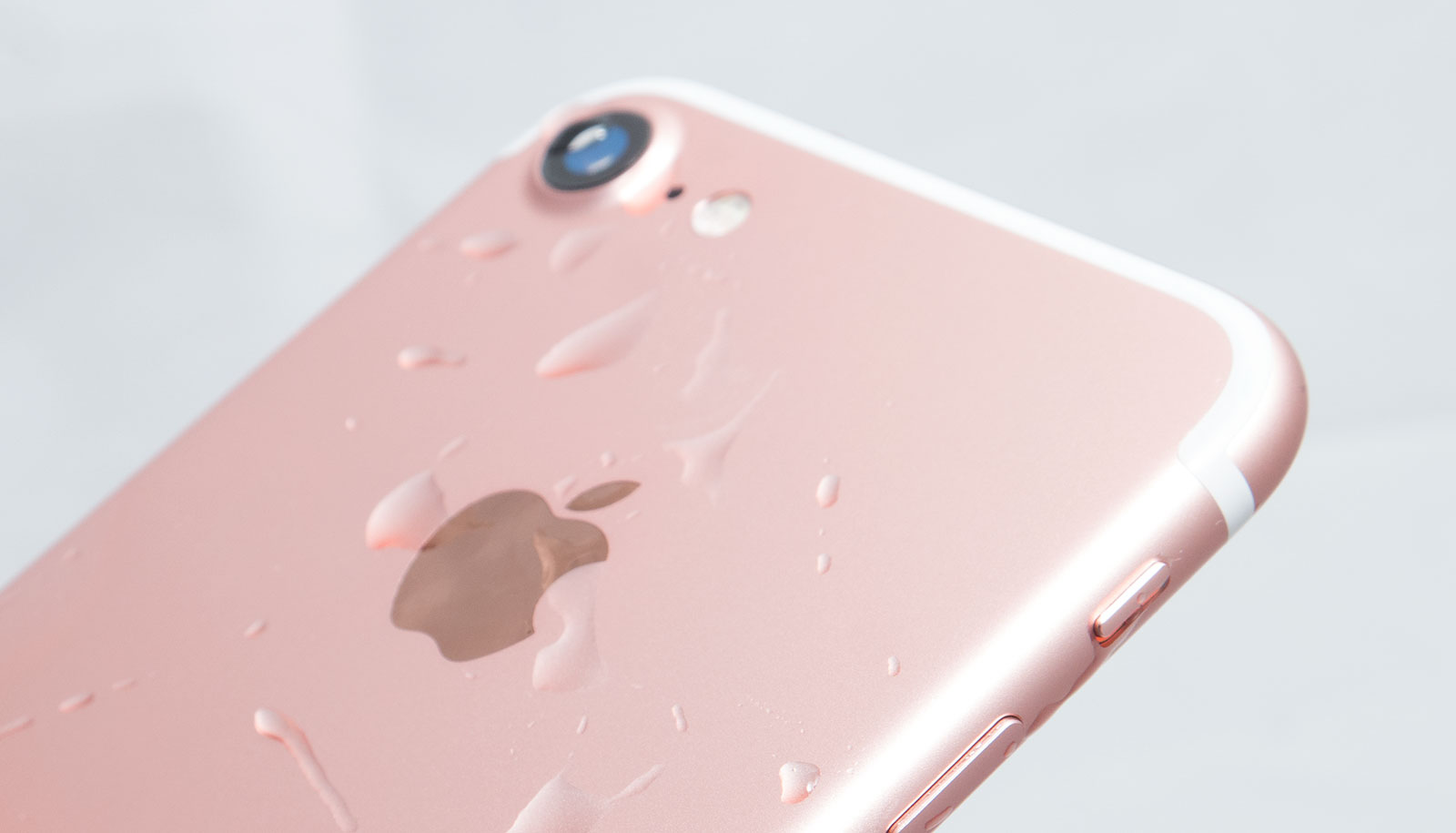As if we weren’t charged enough for everything, it seems as though the next iPhone could be frustratingly expensive, at least based on some new research.
Australians get used to quite a few things. We get used to being told we speak funny (you speak funny, we speak normally). We get used to having our Christmas in summer, with a day of gift giving under the sun.
Generally, we get used to being charged a fortune, often because we live on the underside of the world.
It’s there with everything, too. If you can skip the housing argument for the moment, we’re charged more for computers, for holidays, for food, and for music.
And it might just be there for the next iPhone, at least based on some research from plan comparison site WhistleOut.
Yes, it’s not just Pickr interested in the iPhone, because while we’ll track phones, WhistleOut is looking very heavily into what Australians will be charged for the next iPhone, with plan and outright cost, and the news isn’t good if you like keeping your money.
With three iPhones expected to be announced this week, it’s more than likely that we’ll see an iPhone push past the $1,500 mark, with that price going to the high-end iPhone X (or iPhone 8, since Apple has yet to confirm or deny naming).
WhistleOut’s team, however, has been looking into overall cost, and after asking a thousand Aussies how much they’d be willing to pay, the answer is lower than what journalists anticipate, hitting a rough amount of $920, lower than what the outright cost of the new phone is expected to hit.
Few Australians buy outright, so this could be less of a problem, except for that the outright cost will also directly affect plan pricing, too, raising those considerably.
That means if you’re on Telstra and pay a good $75 per month for your current iPhone, you may be seeing a not too healthy bump in monthly pricing just so you can pay for the new phone over the course of your next contract.
“When Apple launched the iPhone 6s and iPhone 6s Plus two years ago, the entry level models cost $1,079 and $1,299 respectively, with higher storage models going for $1,379 and $1,529,” said WhistleOut’s Joseph Hanlon.
“Even 2014’s iPhone 6 still cost $929 for the basic model the following year,” he said.
“That pricing gives us a benchmark to work from and we can expect the touted price tag of $1,500 to be fairly accurate for the new device, so we’ll have to go out of our comfort zone if we want to get the new iPhone outright.”
WhistleOut’s research suggested $1,500 was the absolute maximum most Aussies would pay for the phone, though you can find the 256GB iPhone 7 Plus for $1569, a skerrick above the maximum even if you’re getting the bigger size.
The next iPhone could even reach into iPad and laptop territory, offering a staggering 512GB of storage, and if that’s the case, the price could blow out even more.
And again, that’s outright, with mobile plans possibly bursting past $150 per month, making the new iPhone one of the most expensive devices ever released.
“The new iPhone may well set a new quality benchmark for mobile phones, and also a new benchmark for mobile phone pricing,” said Hanlon.
“Being the 10th anniversary of the first iPhone expectations are higher than ever this year, but it could be a case of ‘no pain, no gain’ for new iPhone buyers. With costs for the new iPhone expected to be higher than ever, make sure you find the best deal for your usage needs by checking what’s available first, before jumping in.”
We’ll know more within the next day or two when Apple makes its plans official, but right now, rumours lead the way, and the rumours on price aren’t what we would call wallet friendly.






